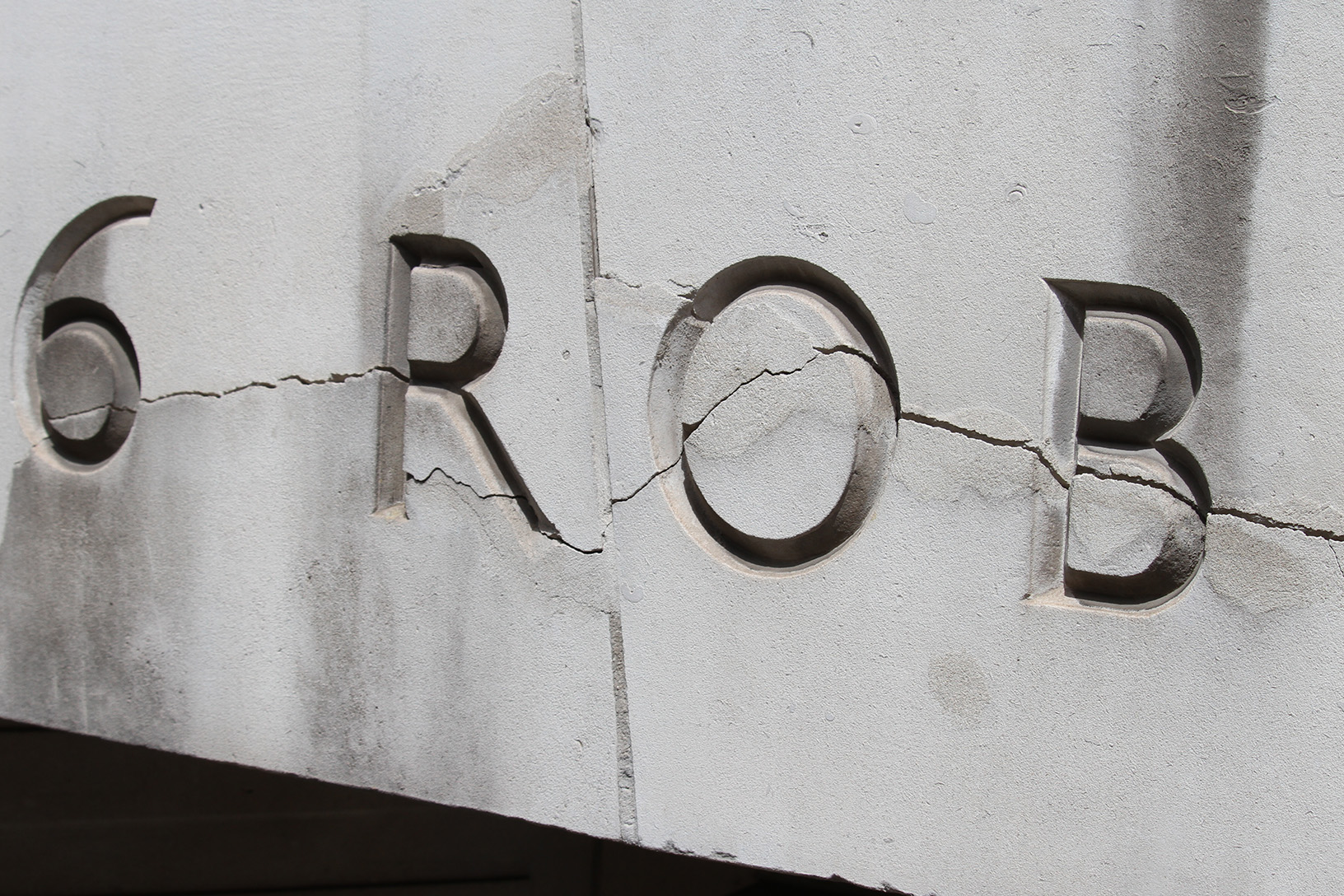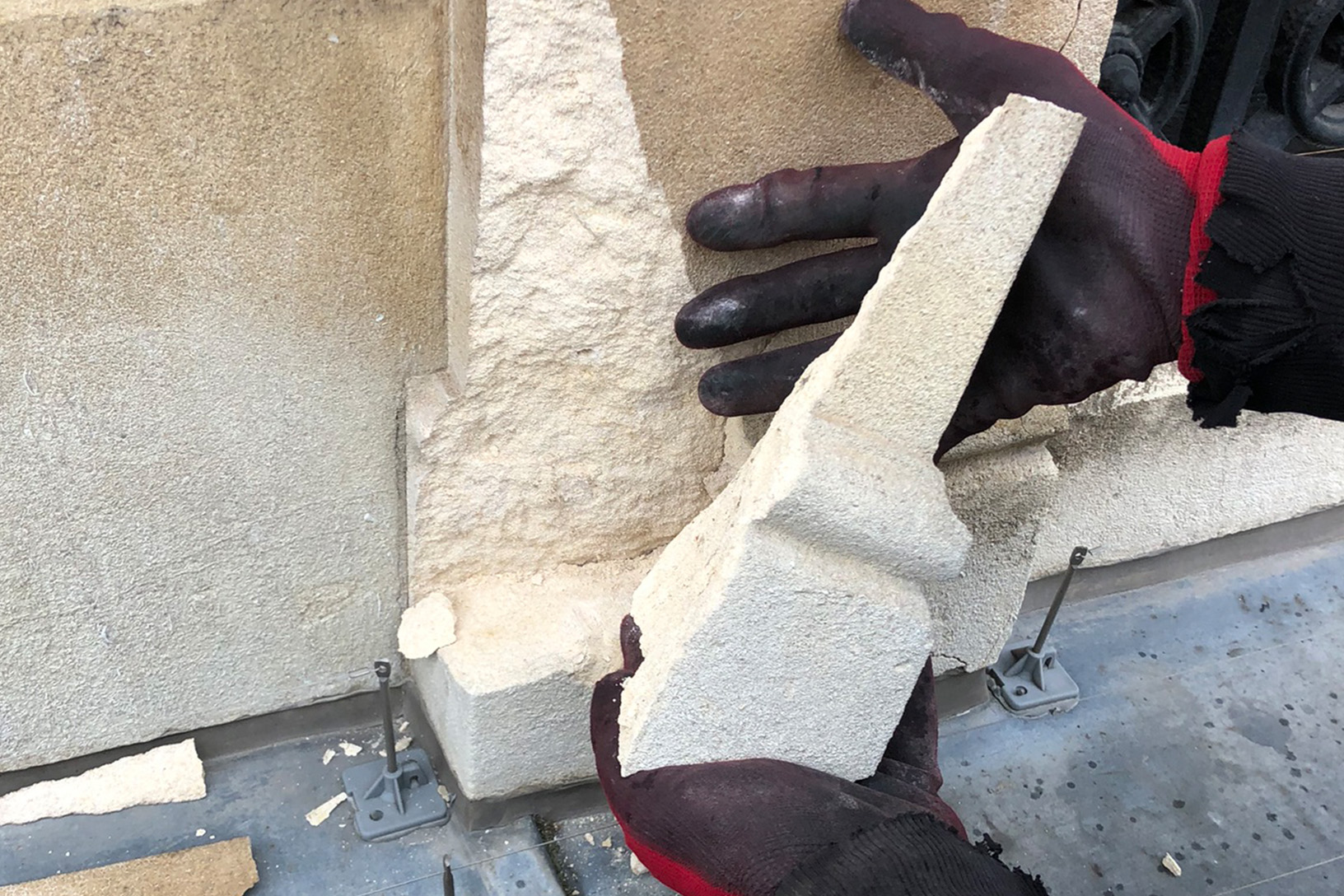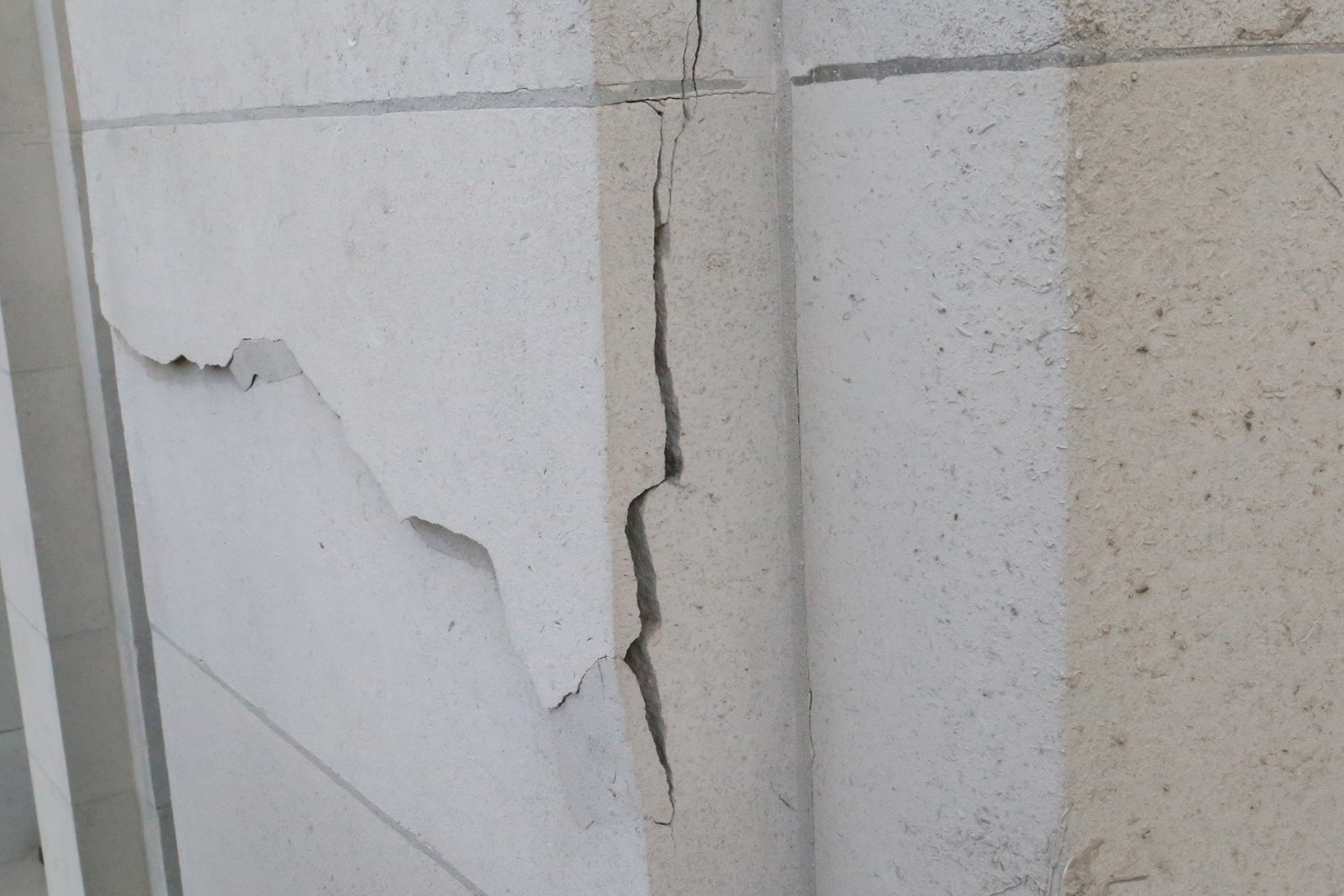A thoroughly detailed and well documented façade survey for commercial buildings from Thomann-Hanry® will actively identify and address hidden problems, emphasising key areas of concern, and allowing you and your team to make an informed decision on how you wish to repair or replace before they become of significant concern.
Avoid Disruption With Thomann-Hanry’s Commercial Façade Survey. Taking a preventative approach to structural defects and repairs can allow commercial building managers and owners to reduce capital expenditure on more serious and potentially dangerous problems which could develop. This can then impact the tenants in the property and cause serious disruption to their business.
The Façade Survey Experts
Thomann-Hanry® offers your business peace of mind and longer-term reduction in maintenance repairs through a comprehensive façade survey. Our team of façade specialists are qualified to CEng, MICE, and MIStructE standards, which allows Thomann-Hanry® to offer an authoritative, knowledgeable appraisal with detailed recommendations for the best course of action.
Commercial Façade Surveys Using The Latest Technologies
We ensure a swift turnaround on our visual commercial building surveys using MEWP (Mobile Elevating Work Platforms) and drone technology, where possible, to help reduce time, disruption to your business, and costs associated with erecting scaffolding.
Reduce Risk And Disruption To Your Daily Business Routine
Our priority is ensuring the safety of your building, we look to minimise disruption using MEWPs and Drones for access. This reduces the time required and the associated risks when conducting the survey.
Unlike most companies, we can also make safe any issues, which pose a significant danger to either the public, your staff, or the integrity of the building, during the façade survey visit.
Site Survey Report To Highlight Key Areas Of Concern
Once we have carried out the survey a detailed report, which includes photographs of any defects or areas of concern, will be sent to you. The report highlights all key areas of risk, through a colour coded system; this shows those areas which need immediate action and those that will need to be sorted within 1 month, 6 months or 12 months.
Any remedial works which are undertaken to mitigate immediate safety issues, will be fully documented for your records within the detailed survey, giving property owners a full record of where potential issues have been rectified.
All Types of Commercial Buildings
No matter the commercial building type, from ornate, listed historic hotel to sleek glass and metal office block; our team can survey, and if required, recommend the best course of action to take. Preserving the structure, remedying material defects, and helping to reduce long term problems are all part of the solutions which a Thomann-Hanry® survey can offer.
A detailed facade survey from Thomann-Hanry® should be part of your regular building maintenance plan to allow you to assess the condition and ensure small issues don’t turn into bigger, more expensive, problems further down the line.
Call our team today on +44 (0) 20 8453 1494 or contact us to find out how a Façade Survey for Commercial Buildings from Thomann-Hanry® can help your business.



